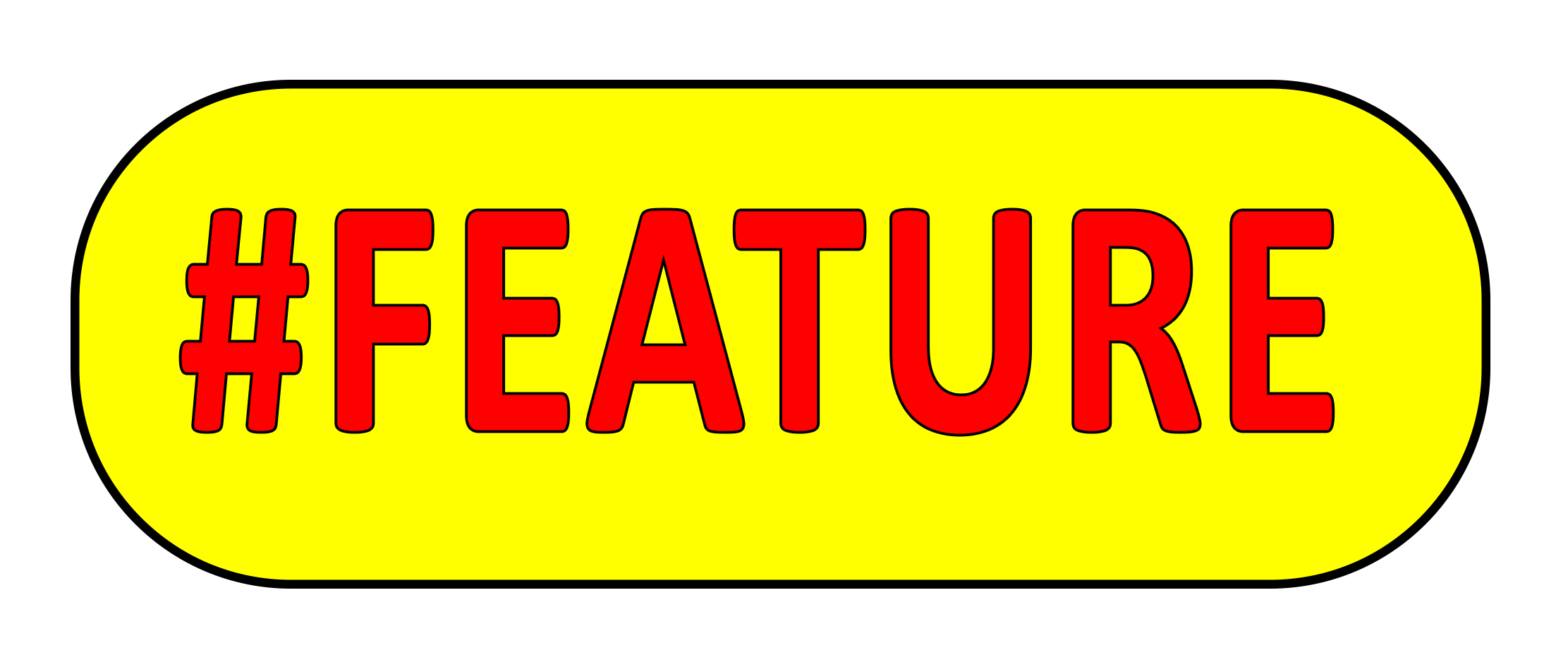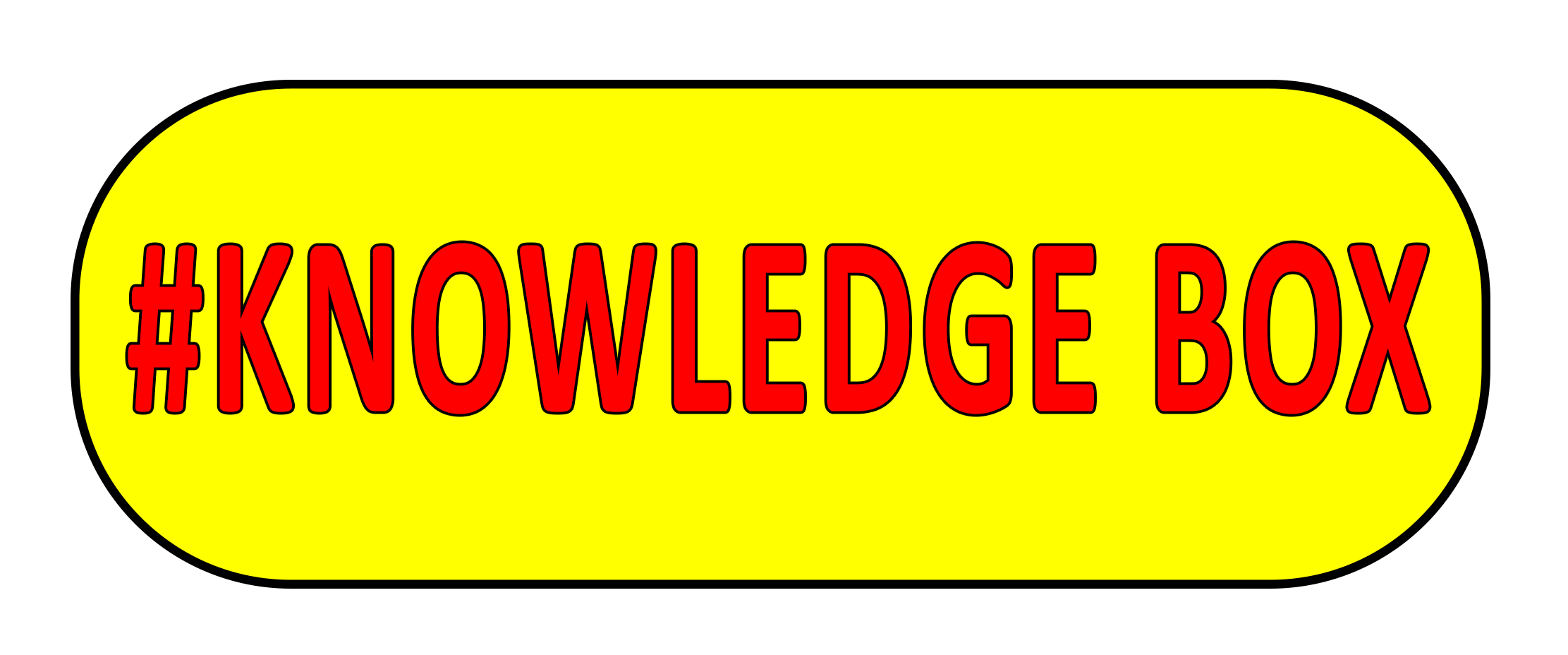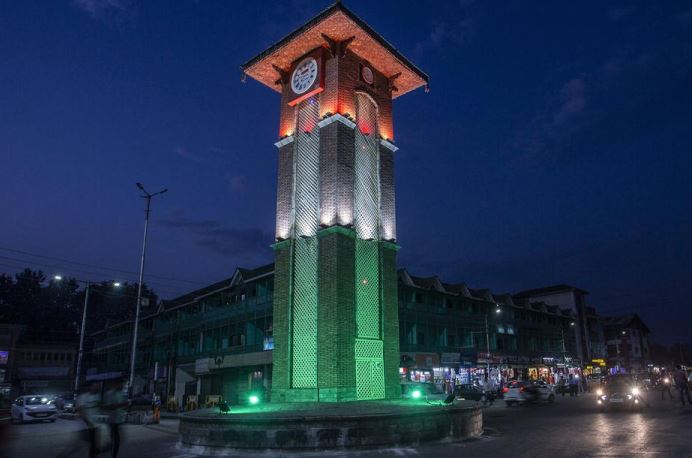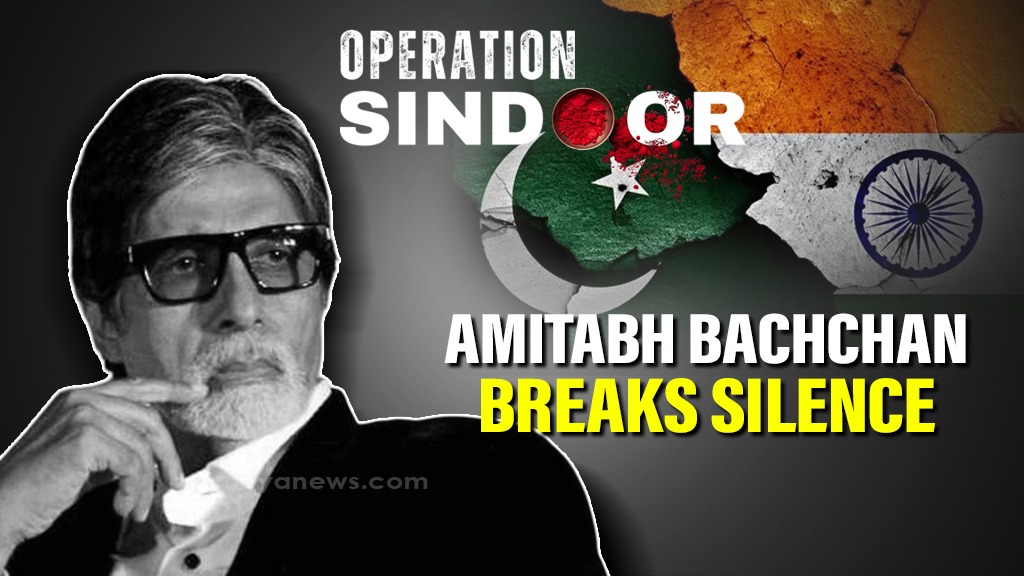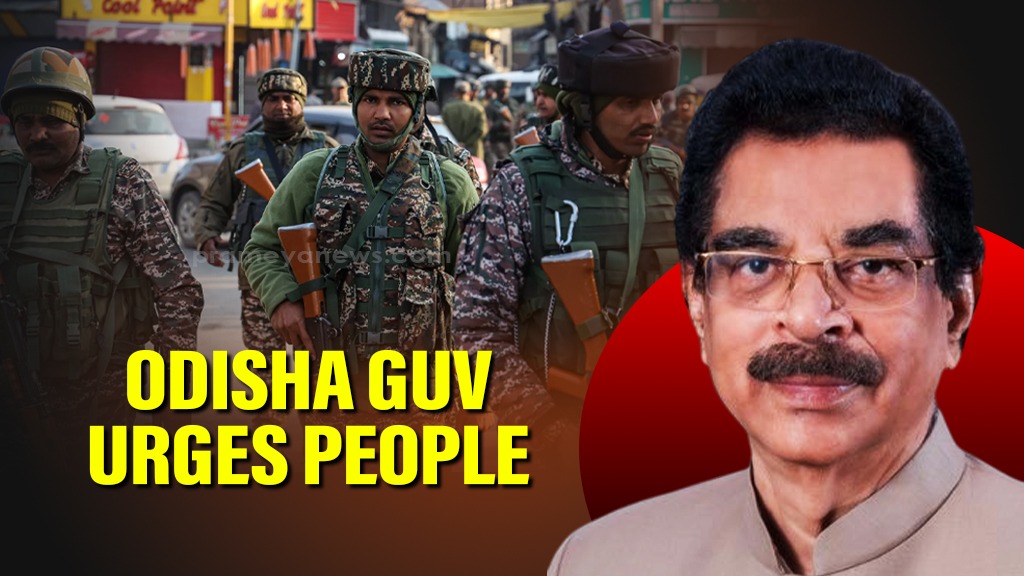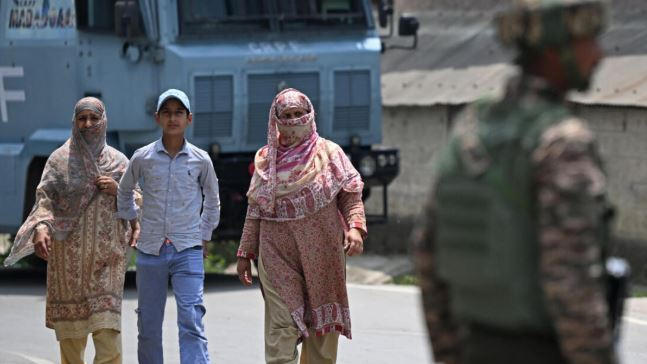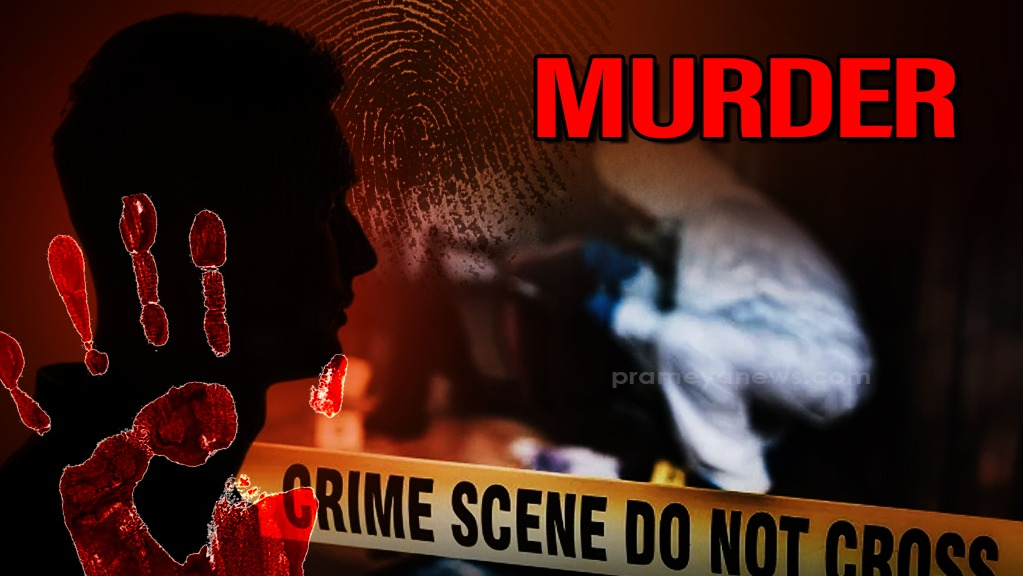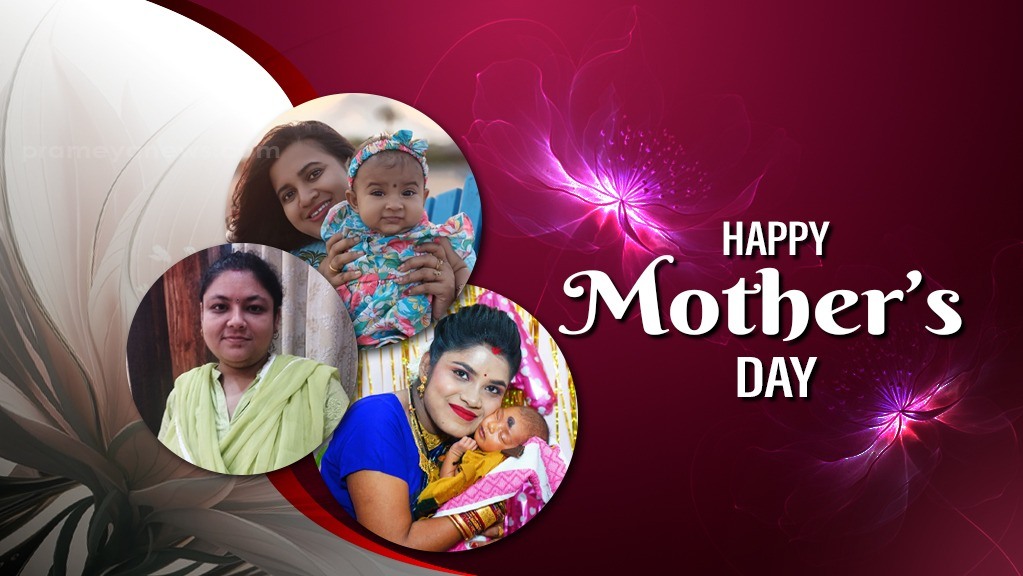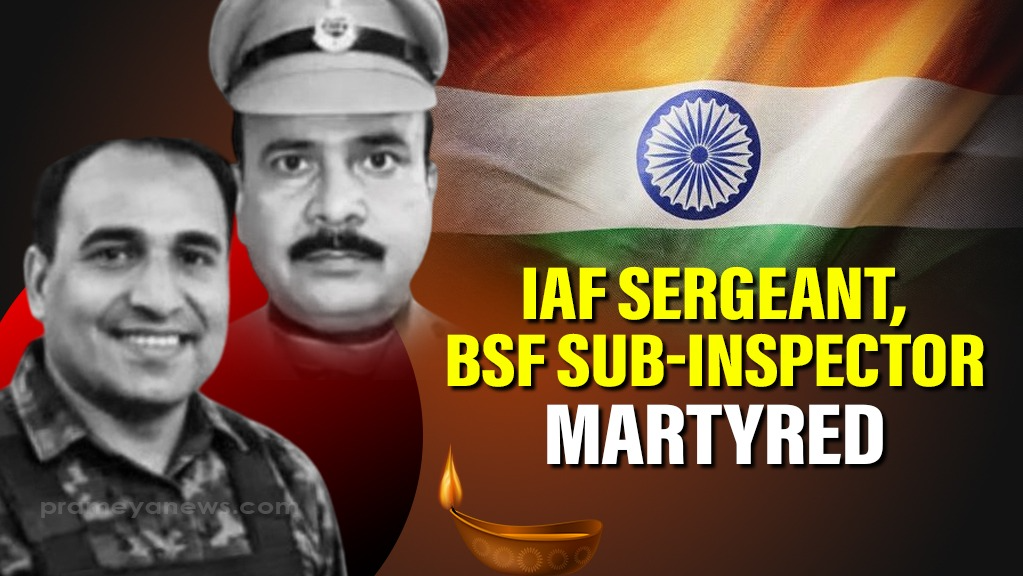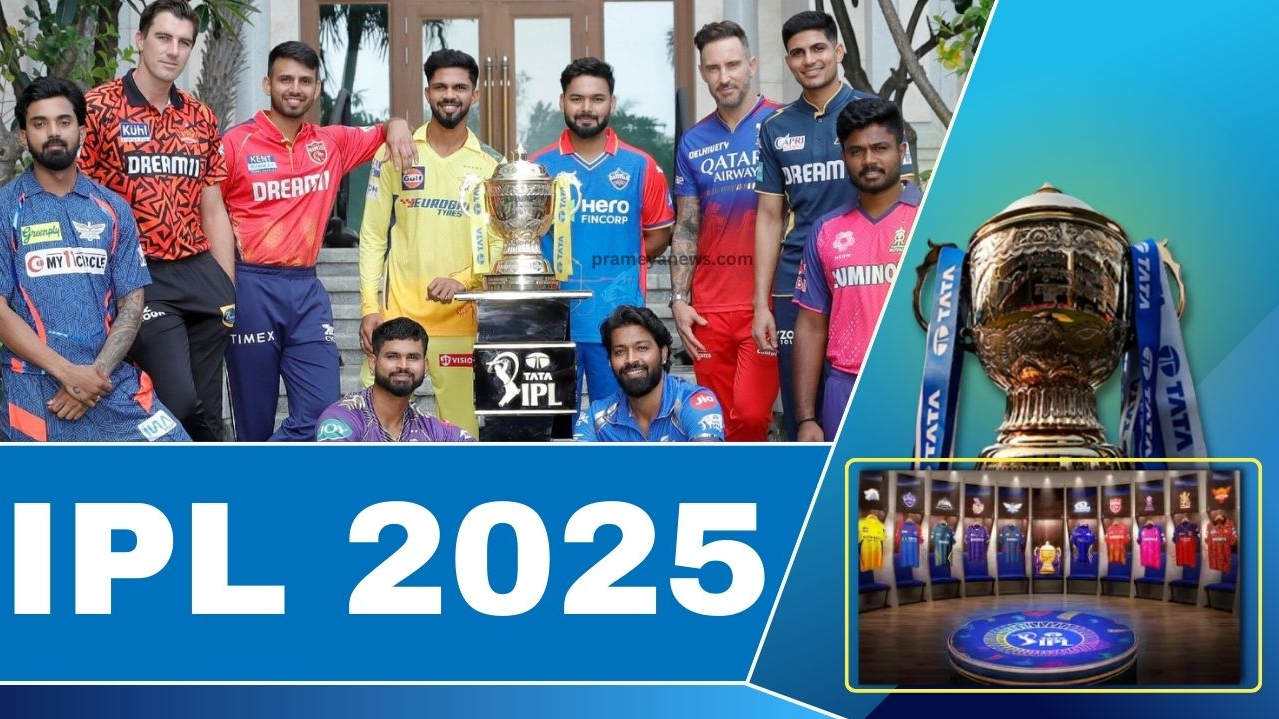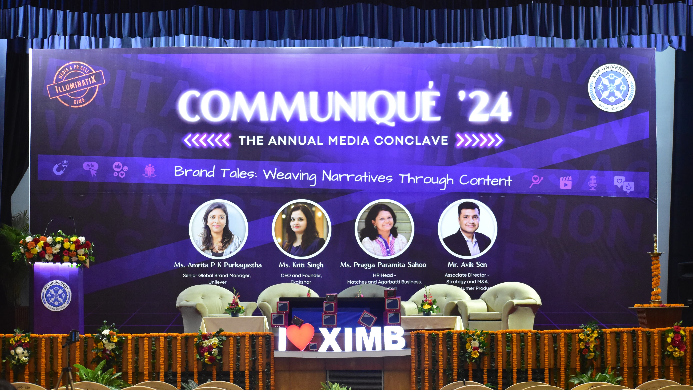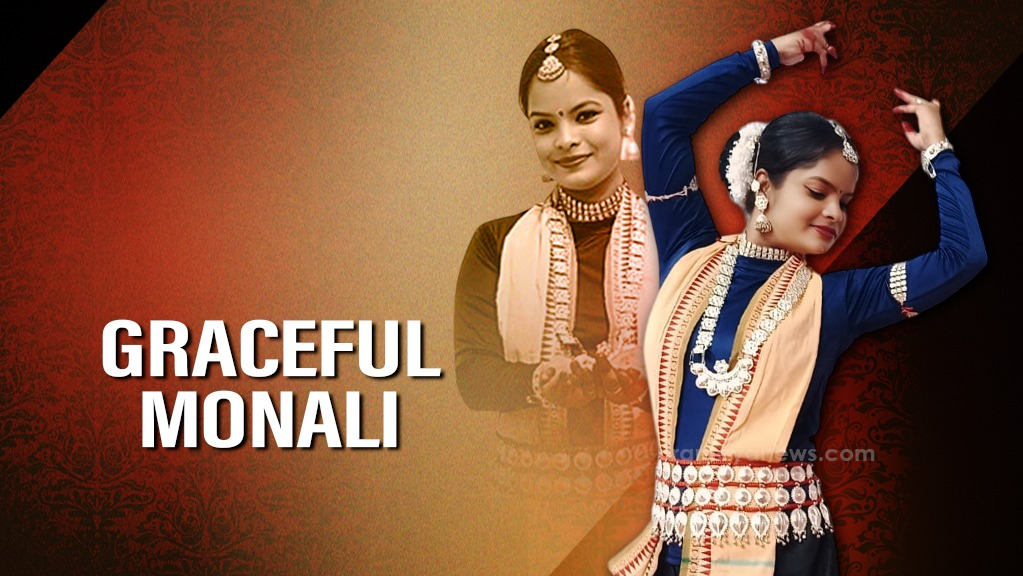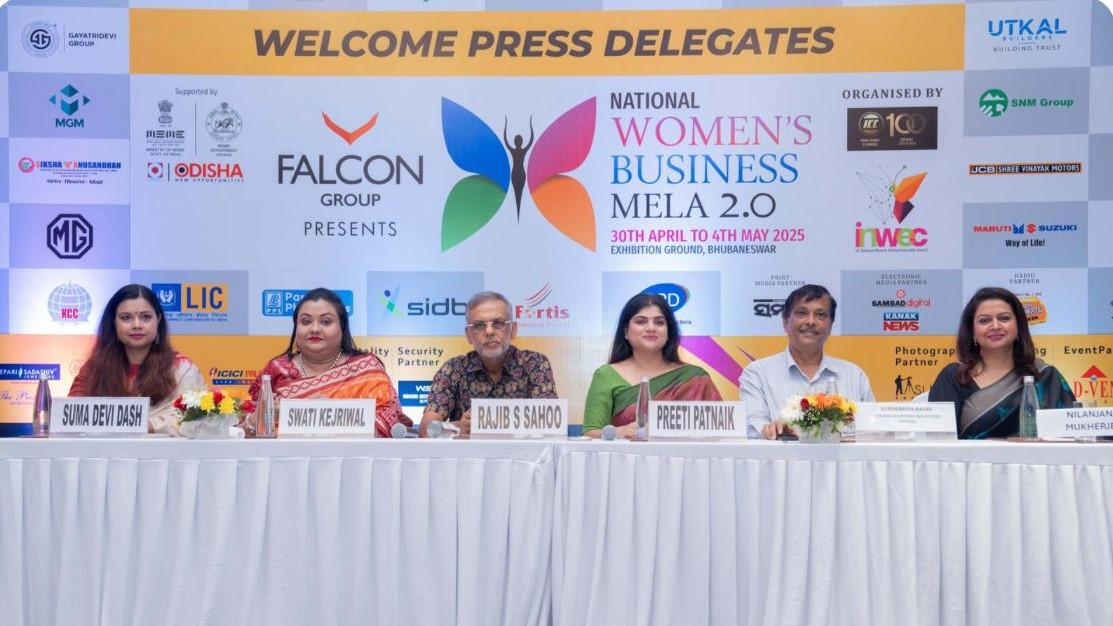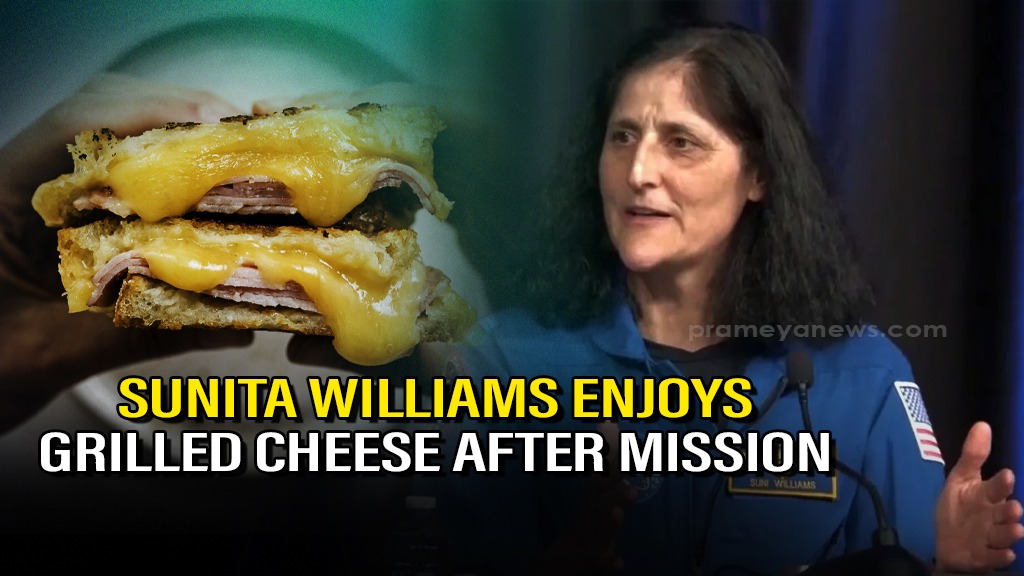Arun Joshi
History is being rewritten at Lal Chowk or Red Square in Srinagar. In the middle of it, stands “Ghantaghar” or Clock Tower. Now it is being dismantled. With bricks and cement of the tower, overlooking all the four corners and pathways, being pulled apart, the curtains are being drawn on more than 40-year-long chapter of Kashmir history. At the same time, there is a proposal to reconstruct the tower with a new look which will look into hoped-for future of peace and tranquility.
Many may not know, but the pictures of Narendra Modi, along with the then BJP president Murli Manohar Joshi, unfurling national tricolour on January 26, 1992, had spotlighted on the man who is now world’s most popular leader. The focus was on Modi, who was seen as rising star in the party that time, and all along since his participation as a leader in the “Ekta Yatra” of 1992, the focus stayed on him. He had dared to challenge the terrorists who had thought that they controlled all spaces and narratives in the Valley. The day- Sunday - January 26, 1992 also signified that how the nationalist forces could enter in what was considered as a “no-go zone” for them in the days of bullets, bombs and rockets. On that day, BJP, and Modi as its leading light, had made a strong point to terrorists, “you may do what you want, but we will not halt, and not settle unless or until we unfurl tricolour at Lal Chowk.” And the BJP leader lived up to his word – with Vande Matram on his lips in the severest cold of Kashmir – Chillian Kalan when the temperatures dip to minus 5 to 15 degree Celsius in different parts of the Valley. Apart from other witnesses, the clock tower’s needles recorded the history and watched two rockets swooshing over Lal Chowk while the flag unfurling ceremony was on, and also how the national anthem was sung in the chilly winds.
This was perhaps the place which brightened the national profile of Narendra Modi, who was hailed by Murli Manohar Joshi as “dynamic and energetic leader”, appreciating his devotion and dedication to the nation. That period in Kashmir cannot be easily picturized nowadays. Those were the days when the writ of terrorist groups used to run all over the Valley, the government had restricted itself to few select corridors, uncertain whether its orders would be obeyed.
Until 1980, when the clock tower was constructed by Bajaj Electricals as its advertisement in the heart of Srinagar city, Lal Chowk was the square where the people used to tell stories of the past. The joint appearance of India’s first Prime Minister Pt. Jawahar Lal Nehru and Kashmir’s towering leader Sheikh Mohammad Abdullah at largely attended rallies. That was acknowledgement of the relevance of Article 370 which defined the special status of Jammu and Kashmir. In 1980, however, the history had travelled a long distance and time. Much had changed. Nehru’s daughter Indira Gandhi had staged a comeback to power after losing elections in 1977, and Sheikh Abdullah had accepted the power on platter with a diminished status of Chief Minister, instead of Prime Minister that he was at the time of his arrest in August 1953.
And when Narendra Modi stood at the spot, with Clock Tower writing a diary of its own, there was only one flag – tricolour. Some stood there to salute the flag, many more offered salute to the flag in silence. This had changed the history, in a sense that BJP leadership had done what was unthinkable that time. It had sent a message of integration of Kashmir with India under one flag- the Indian tricolour. And, in reality that happened on August 5, 2019, when the tricolour alone defined Kashmir’s identity as part of one nation, 0ne constitution and one flag.
Perhaps, in a way, the Clock Tower is being renovated, less as part of the smart city project of Srinagar, more as a symbol of the changed constitutional position of Kashmir, which was made possible by Modi, both then in 1992, and later on August 5, 2019, and now when every national festival is a recurring caravan of trocolours at Lal Chowk, Srinagar. The renovated Clock Tower is all set to record new era of Kashmir.
(Arun Joshi is a senior journalist based in Jammu and Kashmir)
Disclaimer:
This is the personal opinion of the author. The views expressed in this write-up have nothing to do with www.prameyanews.com.


